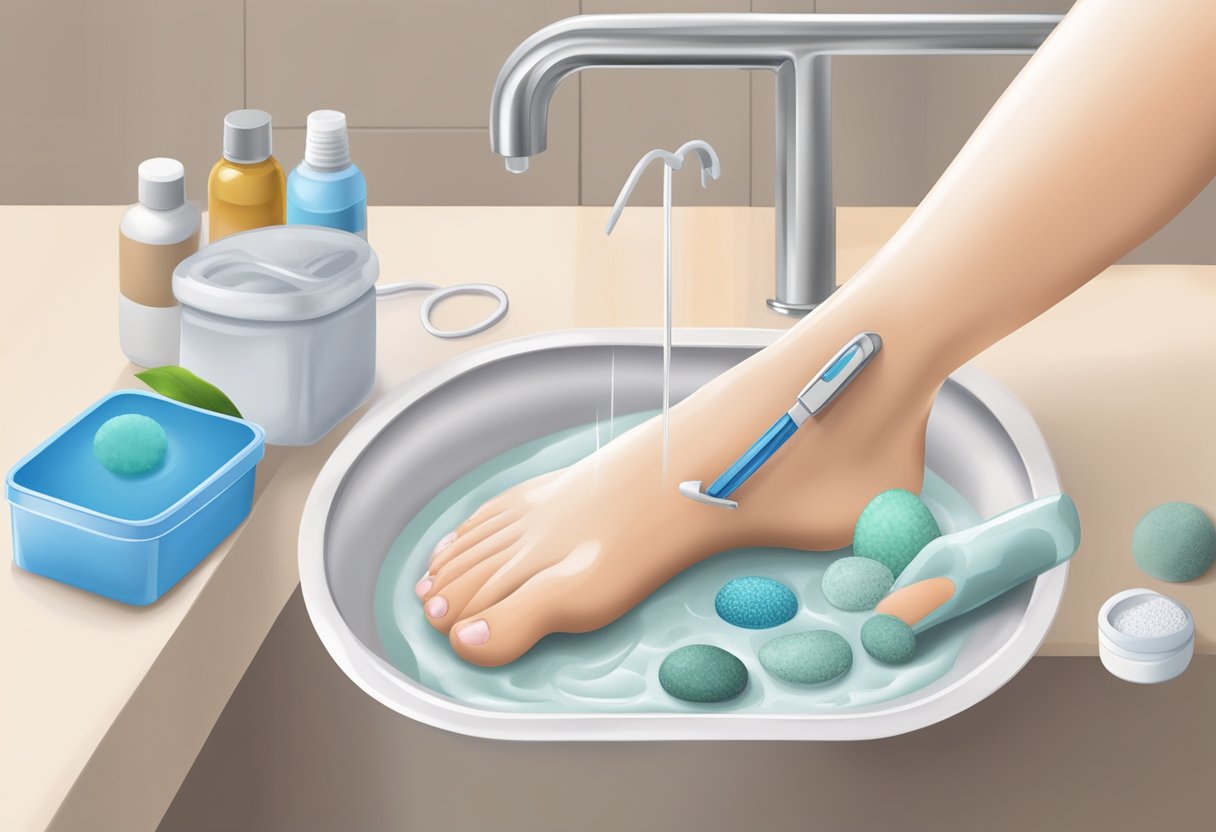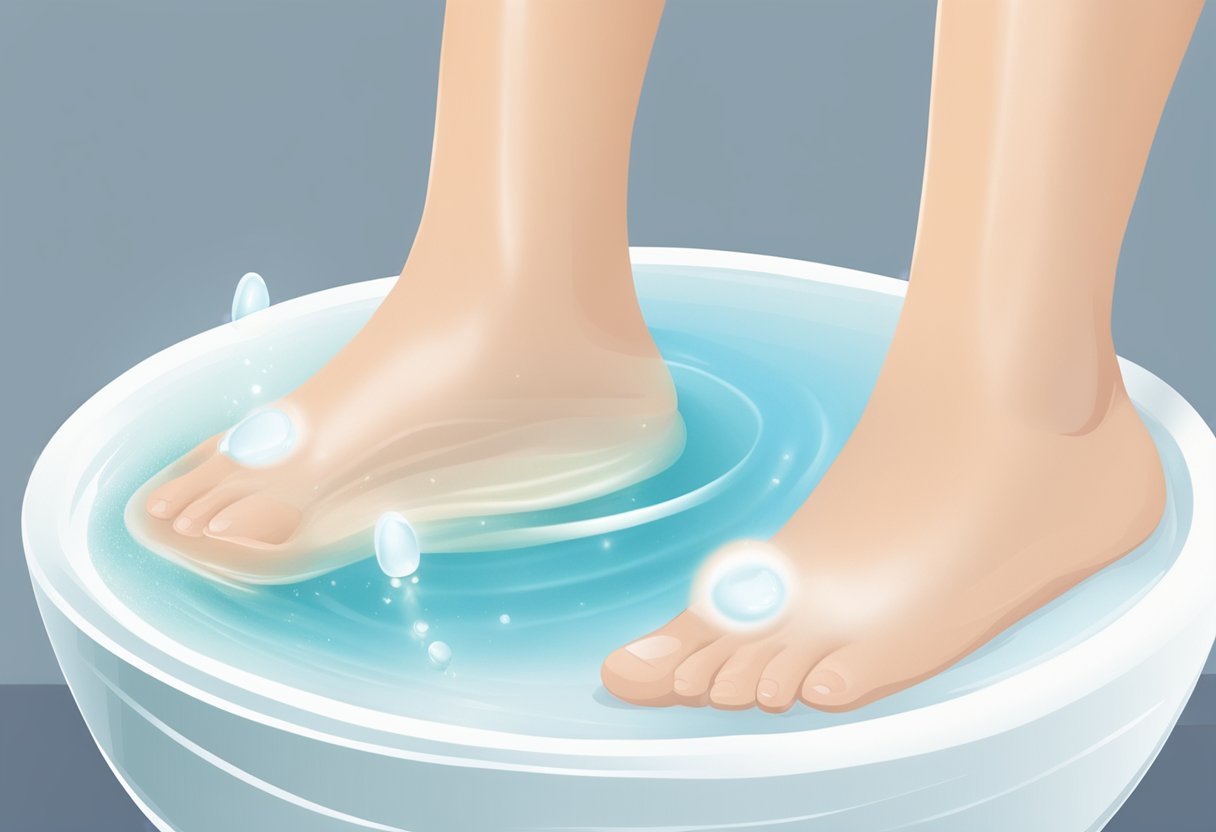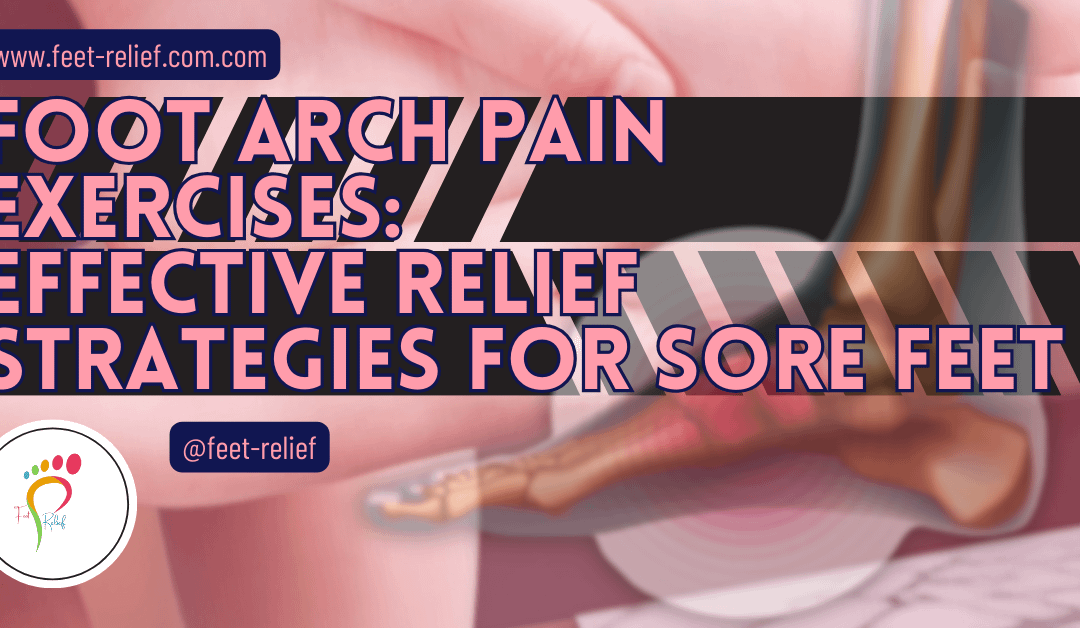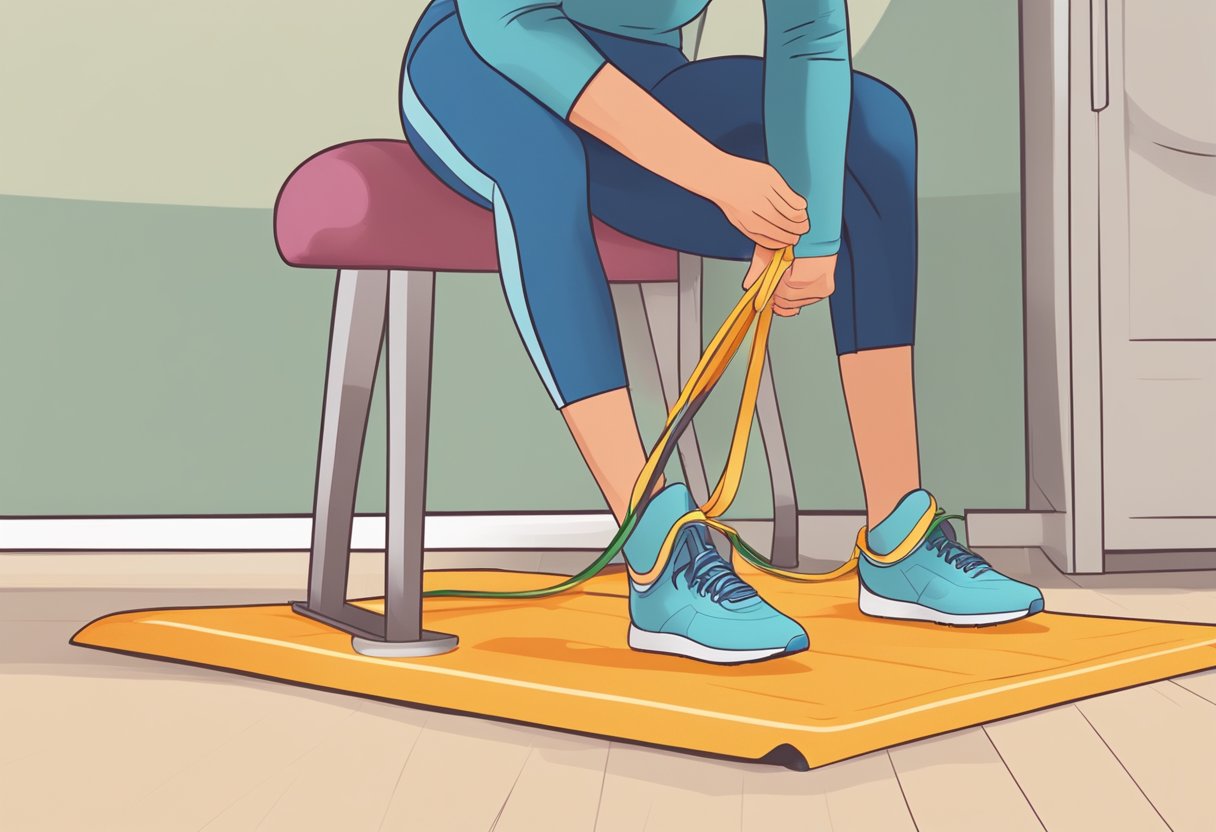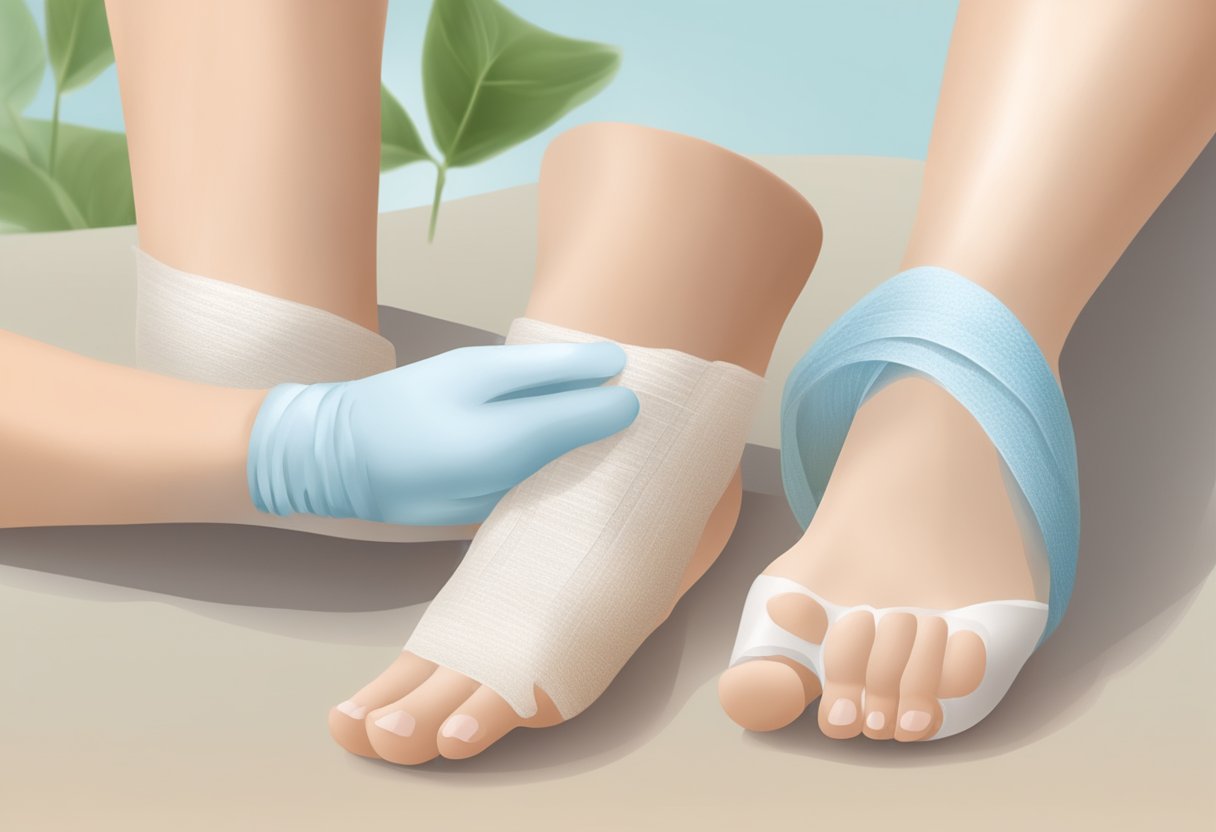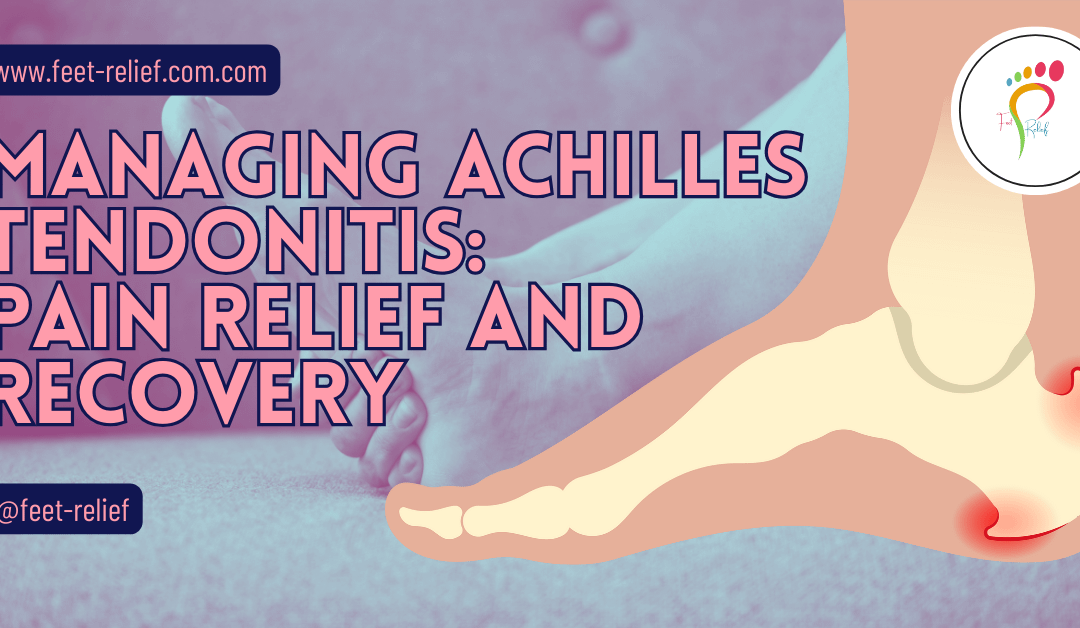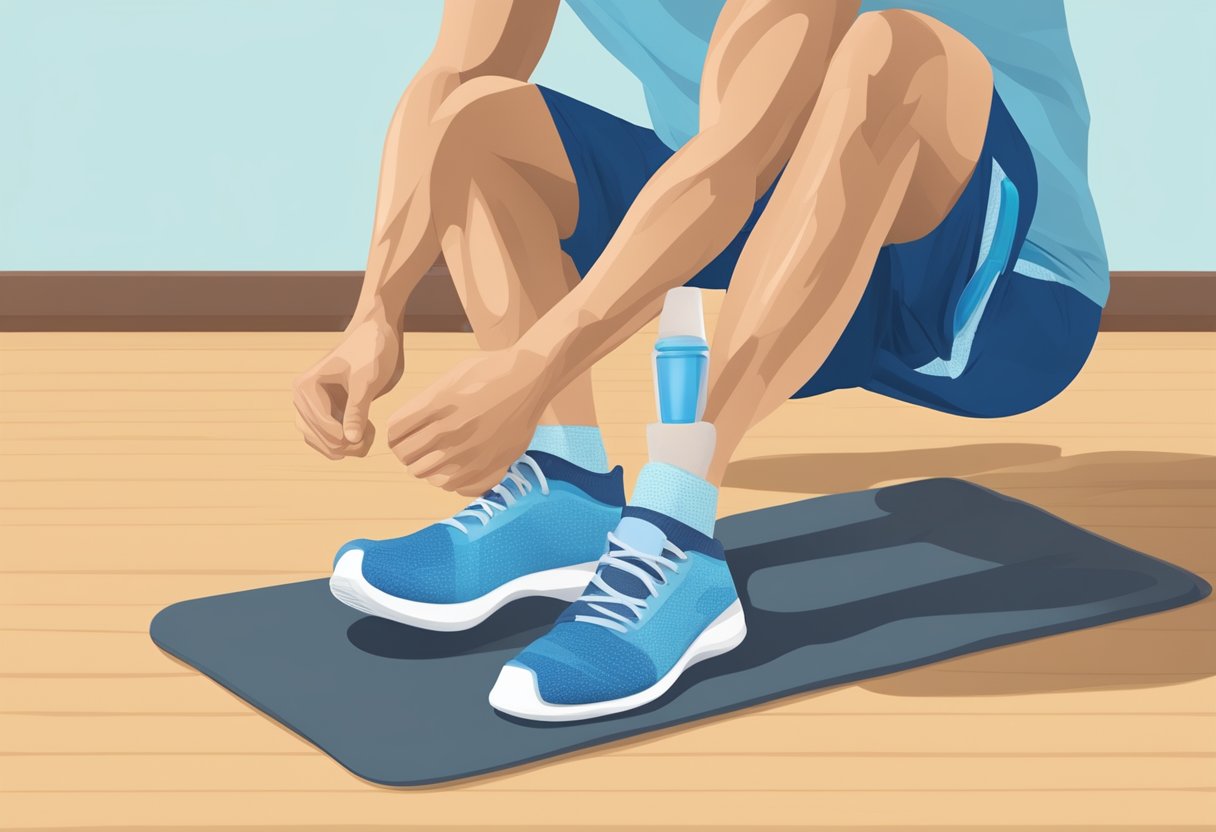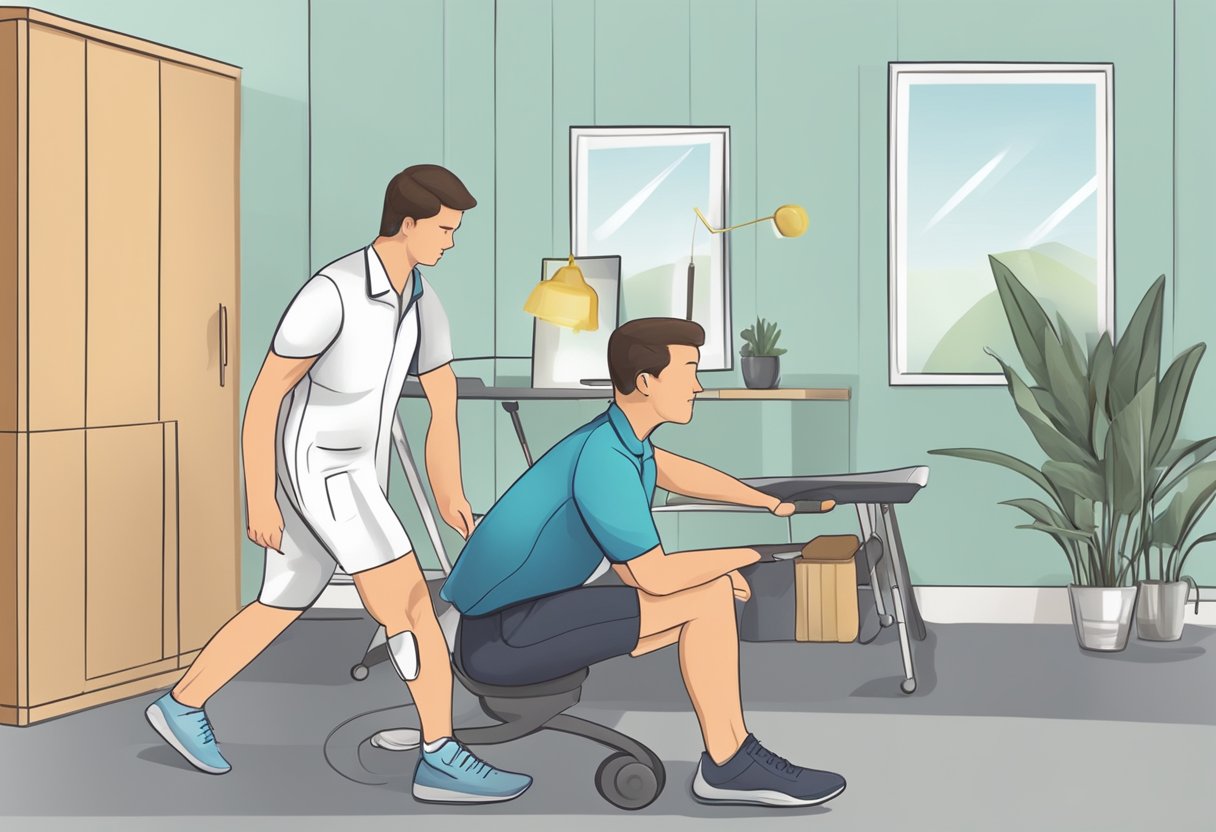
Foot Ulcers in Diabetes: Risks and Prevention Strategies
Foot ulcers in individuals with diabetes are a significant health concern that can lead to severe complications if not adequately addressed. Diabetes, a chronic condition marked by high levels of sugar in the blood, often leads to nerve damage and poor circulation in the feet.As a result, even a small cut or injury can develop into an ulcer, a deep sore, or a wound, primarily if diabetes is poorly controlled. Diabetic foot ulcers are indeed one of the most common outcomes of unmanaged or inadequately managed diabetes, warranting rigorous preventive and therapeutic strategies.
Foot Ulcers in Diabetes: Prioritizing Immediate Care and Comprehensive Management Strategies
Immediate and attentive care is imperative for diabetic foot ulcers due to the high risk of infection and the potential for amputation. Vital elements of managing these ulcers include maintaining reasonable glycemic control, adopting comprehensive foot care routines, and using suitable footwear to prevent blisters and sores.
Treatments often entail a multidisciplinary approach to address the various facets of disease and healing, including controlling blood sugar levels, promoting circulation, and implementing advanced wound care techniques. Identifying foot ulcers early and understanding the appropriate treatment modalities can be life-changing for those at risk, underscoring the importance of education and awareness in effective diabetes management.
Key Takeaways
- Diabetic foot ulcers are serious wounds that commonly arise due to complications from unmanaged diabetes.
- Preventing foot ulcers involves reasonable diabetes control, regular foot examinations, and protective footwear.
- Treatment requires a comprehensive approach including blood sugar management, wound care, and sometimes specialized therapies.
Overview of Diabetes and Foot Ulcers
Video Credit: @atthelimits-leadingmedical8367
Diabetes Mellitus (DM) affects your body’s ability to process sugar. Consistently high blood sugar levels can lead to various complications, notably foot ulcers. If you have diabetes, your risk for foot ulcers increases due to several factors, including neuropathy (nerve damage) and peripheral vascular disease, both of which can impair foot health.
Neuropathy diminishes your ability to feel pain, often resulting in unnoticed injuries to the feet. Combined with poor circulation from peripheral vascular disease, the healing process for these wounds can be slow, elevating the risk of infection and subsequent complications such as amputation. Considering proper foot care is fundamental for you if you are managing diabetes.
Foot ulcers are characterized by sores that do not heal or repeatedly return. They can develop under your foot, often over areas of stress and pressure from walking or standing. To manage and prevent foot ulcers, carefully monitor your blood sugar levels, inspect your feet daily, and maintain good hygiene and proper footwear.
Be aware of the classification of diabetic ulcers, as this can influence treatment strategies. Effective management of foot ulcers could involve various approaches, including but not limited to debridement of wounds, infection control, and pressure offloading. Always consult healthcare professionals experienced in diabetic foot management for personalized and appropriate care.
Pathophysiology of Diabetic Foot Ulcers
Video Credit: @MedLecturesMadeEasy
Understanding the pathophysiology of diabetic foot ulcers (DFUs) is critical for managing your diabetes and preventing severe complications. This section will explore how uncontrolled blood glucose, neural and vascular damage, and infection contribute to the development of these ulcers.
Blood Glucose Control and Complications
Your ability to regulate blood glucose levels plays a pivotal role in the health of your feet. Persistently high sugar levels in your blood can lead to the formation of Advanced Glycation End-products (AGEs), further damaging the structural proteins in your skin and blood vessels. These changes impair wound healing, making you more susceptible to skin breakdown and ulcer formation.
Neuropathy and Vasculopathy
Chronic high blood sugar can cause significant nerve damage, termed diabetic neuropathy, reducing sensation in your feet. This can prevent you from feeling injuries, leading to unnoticed and untreated wounds. In conjunction with peripheral arterial disease (PAD), which restricts blood flow to your feet, the risk of developing ulcers increases as the skin and tissues receive less oxygen and nutrients necessary for repair.
Infection and Ulceration
When a foot ulcer develops, your risk of infection is high due to the presence of various bacteria. A compromised immune response, commonly seen in diabetes, along with reduced blood flow from vasculopathy, creates an environment where bacteria can flourish, leading to further complications of the DFUs. It is crucial to recognize signs of infection promptly, such as redness, swelling, and discharge, to seek appropriate treatment.
Risk Factors
Video Credit: @FirstCoastCardioInst
Managing your diabetes effectively is crucial to prevent complications such as foot ulcers. Key factors contributing to the development of ulcers include inconsistent metabolic control, inappropriate footwear, and a history of foot problems.
Metabolic Control
Poor glycemic control can lead to various complications that increase your risk of developing foot ulcers. High blood sugar levels can cause neuropathy, which reduces sensation in your feet, making you less likely to notice and respond to foot injuries. Maintaining stable blood sugar levels is crucial for preventing diabetic foot ulcers.
Footwear and Biomechanics
The shoes you wear significantly affect your risk of foot ulcers. Ill-fitting or inappropriate footwear can cause repetitive trauma to certain areas of the foot.
Foot deformities and poor biomechanics also increase pressure and friction, leading to ulcer formation. It’s essential to wear properly fitted shoes and use custom orthotics if recommended by your healthcare provider.
Previous Ulcerations or Amputations
If you’ve had a foot ulcer or an amputation, the risk of developing another ulcer increases. Past ulcerations can indicate an existing breakdown in foot care or ongoing issues with blood flow and neuropathy. Regular monitoring and careful foot care are paramount in preventing new ulcers.
Prevention Strategies
Video Credit: @hearthealthwithmichelle
Effective prevention of foot ulcers in individuals with diabetes is essential. It can be achieved through a combination of patient education, regular foot examinations, strict glycemic management, and the use of protective footwear. These strategies are pivotal in reducing the risk of ulcers and promoting foot health.
Patient Education
You play an integral role in the prevention of diabetic foot ulcers. Education is critical. Understanding how to care for your feet and recognize the early signs of complications can lead to timely treatment.
Recommended practices include daily foot hygiene, proper nail trimming, and avoiding walking barefoot. For comprehensive guidelines, you can refer to the National Center for Biotechnology Information resources.
Regular Foot Examinations
Regular professional foot examinations are vital for early detection and intervention. As a patient with diabetes, ensure you have your feet checked by a healthcare professional at least once a year.
More frequent examinations may be necessary if you have additional risk factors such as peripheral neuropathy or past ulcerations. Learn more about self-inspection and professional exams at NYU Langone Health.
Glycemic Management
Maintaining your blood sugar within the target range is a cornerstone in preventing diabetic foot complications. Glycemic control helps to protect nerve function and blood flow in your feet. Please collaborate with your healthcare provider to figure out the best methods for your glycemic management.
Protective Footwear
Properly fitting shoes can dramatically reduce your feet’ shear forces and pressure points. Always choose well-cushioned, supportive footwear, and avoid shoes that pinch, rub, or have rough internal seams.
Custom orthotic devices may be beneficial for some individuals. If you would like more advice on selecting appropriate footwear, you can visit the PMC – National Center for Biotechnology Information.
Diagnosis of Foot Ulcers
Video Credit: @SurgicalEducator
To accurately diagnose foot ulcers in diabetes, your healthcare provider will perform a thorough clinical assessment, possibly use advanced imaging techniques, and may conduct biopsy and laboratory tests to determine the ulcer’s depth, infection status, and any signs of more profound tissue damage.
Clinical Assessment
Your initial assessment will focus on the ulcer’s location, size, depth, and any signs of infection. You’ll be questioned about your diabetes control, foot sensation, and circulatory status. Foot deformities and skin changes such as calluses or dry skin may also be considered contributing factors.
Imaging Techniques
Depending on the findings from the clinical assessment, X-rays may be used to check for signs of bone involvement, such as infection or breaks. In some cases, more detailed images from an MRI may be used to determine the extent of the ulcer and any potential abscesses or deep tissue infections.
Biopsy and Laboratory Tests
A tissue biopsy might be performed to determine if there’s an infection and what type of bacteria or fungus is present. Additionally, blood tests, wound cultures, and arterial blood flow tests help establish the ulcer’s impact on your overall health and guide the treatment plan.
Treatment and Management
Video Credit: @DrTomBiernacki
Effective management of diabetic foot ulcers involves a comprehensive approach that includes meticulous wound care, pressure relief strategies, pharmacological treatments, and surgical interventions when necessary.
Wound Care Techniques
Your wound care regimen should begin with cleaning the ulcer and removing dead skin and tissue, a process known as debridement. You may be recommended a wound dressing that keeps the ulcer moist, aiding healing. Utilize products such as Terrasil® Wound Care that are formulated to promote faster healing.
Offloading and Pressure Relief
It would be best to reduce pressure and friction on the ulcerated area to encourage healing. This might involve using specialized footwear, orthotic devices, or crutches. Techniques such as wheelchair use or bed rest may be required for significant offloading, especially for foot ulcers in weight-bearing locations.
Pharmacological Approaches
Managing blood glucose levels is crucial for healing and preventing further complications. Medications for this purpose may include insulin or oral anti-diabetic drugs.
To treat any accompanying infections, which are common in diabetic foot ulcers, antibiotics that are effective against a broad spectrum of bacteria might be prescribed. It is also possible that you may require medication to improve circulation to the affected area.
Surgical Interventions
Surgery may be necessary in some cases if your foot ulcer is not responding to other treatments or if there is a significant infection or risk of complications. Procedures can range from minor debridement to more significant interventions such as revascularization or amputation to prevent the spread of disease or save a limb. It’s essential to consider surgical options when indicated and seek consultation from a healthcare professional specializing in diabetic foot complications.
Complications
Video Credit: @drandrasfazakas
When managing diabetes, you must be vigilant about foot health, as complications can quickly escalate from trivial to severe. Foot ulcers in diabetes are not merely superficial skin issues. They can lead to profound medical concerns.
Infection
Infections in diabetic foot ulcers are common due to the reduced ability to fight off bacteria. Should you develop an ulcer, it can be susceptible to infection, which can progress rapidly, potentially leading to osteomyelitis (bone infection) or severe soft tissue infections. The American Diabetes Association provides insight into foot complications and underscores the importance of prompt treatment to prevent diseases from worsening.
Chronic Wounds
Your diabetic foot ulcer could turn into a chronic wound if it persists beyond the expected healing time. This prolonged healing process is often due to poor circulation and neuropathy, which diminishes sensation in the feet, increasing the risk of unnoticed injury and impeding wound repair.
Lower Extremity Amputation
In severe cases, chronic ulcers and infections could result in lower extremity amputation. Factors such as underlying neuropathy, peripheral vascular disease, and poor foot care linked to non-healing diabetic ulcers increase the risk of amputation. The National Center for Biotechnology Information (NCBI) provides in-depth information about diabetic foot ulcer management and the critical nature of preventive care to lower the likelihood of amputation.
Innovative Therapies and Research
Video Credit: @MtsmedicalSparkWave
Your understanding of diabetic foot ulcers (DFUs) will expand with the latest breakthroughs. Here, you’ll discover novel treatments and research paving the way for improved healing and patient outcomes.
Advancements in Wound Healing
Recent studies have uncovered autologous leucocyte, platelet, and fibrin multilayered patches as a promising therapy for hard-to-heal ulcers, enhancing the natural healing. Moreover, developing sucrose octasulfate dressings is another innovative approach, particularly for neuroischemic ulcers, supporting better wound closure.
Stem Cell Therapy
Stem cell therapy is a cutting-edge intervention with the potential to impact the repair of diabetic foot ulcers dramatically. By harnessing stem cells’ reparative properties, researchers aim to accelerate wound healing and reduce the risk of amputation. The application of stem cells can promote new tissue growth, offering a beacon of hope for those suffering from chronic ulcers.
Gene and Molecular Therapies
Gene and molecular therapies represent the frontier of diabetes research, targeting the underlying issues at the cellular level. For instance, advancements in gene therapy are being explored to modify gene expression, aiming to enhance wound healing mechanisms. Additionally, molecular treatments focus on regulating growth factors and cytokines to correct the impaired healing pathways commonly found in DFUs.
Multidisciplinary Care Approach
Video Credit: @OrthopaedicPrinciples
Effective management of diabetic foot ulcers involves a collaborative effort by various healthcare specialists, each focusing on their area of expertise to prevent complications.
Role of Endocrinologist
Your endocrinologist plays a crucial part in the overall coordination of your care and is primarily responsible for managing your blood glucose levels. This regulation is vital to prevent wound deterioration and to promote healing.
Podiatry and Orthopedics
The involvement of a podiatrist ensures that your feet are examined and cared for with precision. Specialized footwear or orthotics might be prescribed to alleviate pressure and improve foot structure, directly impacting ulcer healing rates. Additionally, orthopedic surgeons might intervene if there is a need to correct bony deformities or conduct surgery to prevent further complications.
Infectious Disease Specialist
An infectious disease specialist is essential, especially when infection is present. They will prescribe the appropriate antibiotic regimen after evaluating the severity and depth of the infection, thereby preventing its spread and ensuring effective treatment of the infected ulcer.
Case Studies and Patient Outcomes
Video Credit: @omni-statmedicalinc9743
Diabetic foot ulcers are a risky complication of diabetes, potentially leading to severe consequences. Studies have demonstrated that early intervention by a podiatrist can improve outcomes significantly. Getting care from a podiatrist before ulcer onset may prevent ulcers or lead to less severe ulcers that are easier to treat.
Healing Rates and Interventions:
- With appropriate interventions, healing rates improve. For example, patients with an Ankle Brachial Index (ABI) indicating ischemic feet showed better healing when treated with a multilayered patch than standard care.
Impact of Delayed Treatment:
- A delay in etiological diagnosis can lead to persistent and complicated ulcers, underscoring the need for rapid diagnosis and treatment. Clinical cases emphasize that early and accurate diagnosis is critical for effective management.
Cost Implications:
- The cost implications are substantial, with a significant increase in expenditure following a foot ulcer diagnosis. Studies show that the cost over two years post-diagnosis for patients aged 40-65 can be over $27,000. Learn more about the financial impact.
Hospital-Acquired Ulcers:
- For individuals with diabetes, the risk of acquiring foot ulcers while hospitalized is heightened due to several factors, including immobility and circulatory issues. Strategies to mitigate these risks are imperative for improving patient safety.
Wrapping It Up
Understanding and preventing foot ulcers in diabetes is vital. Check your feet daily for any changes. Keep them clean and moisturized.
Wear well-fitting, comfortable shoes. Control your blood sugar levels. Regular check-ups with a healthcare professional are essential.
Remember, early detection and care can prevent serious complications. Take these steps to protect your feet!
Frequently Asked Questions
What are the common treatments for diabetic foot ulcers?
Common treatments for diabetic foot ulcers include regular cleaning and dressing of the wound, using antibiotics to prevent or treat infections, and proper offloading to relieve pressure on the ulcer. Debridement to remove dead skin and tissue may also be necessary.
How can one identify the early signs of a diabetic foot ulcer?
Early signs of a diabetic foot ulcer are redness, swelling, and warmth around an area of the foot, often accompanied by numbness due to neuropathy. Any break in the skin or drainage should also be considered a warning signal and prompt examination.
What are the typical symptoms associated with diabetic foot ulcers?
Typical symptoms include pain due to infection, foul-smelling discharge, and the visible presence of an open sore on the foot that does not improve over time. Decreased sensation in the feet makes regular inspection vital.
Can diabetic foot ulcers be effectively treated and managed?
Yes, diabetic foot ulcers can be effectively treated and managed with vigilant care, which includes controlling blood sugar levels, maintaining proper foot hygiene, and following a physician’s guidelines for wound management and pressure reduction on the affected area.
What do the various stages of diabetic foot ulcers signify?
The various stages of diabetic foot ulcers, often categorized by the Wagner grading system, signify the depth and severity of the ulcer, ranging from superficial to ulcers with extensive tissue damage reaching the bone.
How do different types of diabetic foot ulcers differ from one another?
Different types of diabetic foot ulcers differ based on their causes, as neuropathic ulcers are typically found on the pressure points of the foot and are usually painless, while ischemic ulcers result from poor circulation and may be found on the toes, heels, or anywhere the blood flow is compromised.
Learn What’s Best for Your Feet!
Learn what’s best for your feet with us! We offer an array of tips and tricks for foot care and relief.
For a deeper dive into foot health, visit our website: feet-relief.com.
Your journey towards happy, healthy feet starts here!




